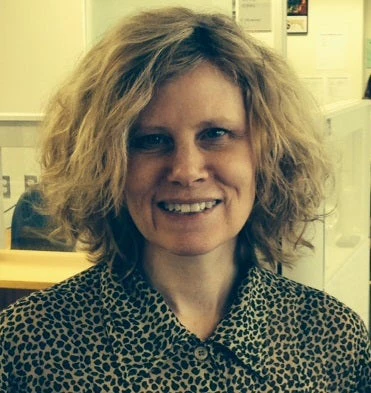What will it take to end poverty? A global audience had a chance to learn more about the World Bank Group’s plan to end chronic, absolute poverty during a lively and wide-ranging discussion between World Bank Group President Jim Yong Kim and Chief Economist Kaushik Basu.
While ending poverty has long been the World Bank’s goal, fast-paced growth and declining poverty in developing countries in recent decades makes this the right time to “make it happen, and we’re going to do it within a generation,” said Dr. Kim, during Bending the Arc of Poverty, live-streamed in Arabic, English, French, Spanish and followed on Twitter with #wblive and #ittakes.
Fewer people lived on less than $1.25 a day in 2010 (1.2 billion) than three decades ago (1.9 billion), despite a 59% increase in the developing world’s population, according to the State of the Poor: Where are the Poor and Where are the Poorest. However, climate change and other factors potentially threaten this progress.
“I think there is very clear agreement that if we don’t do anything, poverty reduction will start slowing down,” said Dr. Kim. “So the title of this series, Bending the Arc of Poverty, is really what we’re trying to do: As the curve starts flattening out, because so many of the low-hanging fruit have already been picked, we want to bend that curve back so that it continues to go down. That’s the whole idea.”
In an April 2 speech, he named two goals to be accomplished by 2030: Reducing the number of people living on $1.25 a day – currently 1.2 billion or one-fifth of the world’s population—to 3% or less; and, achieving “shared prosperity” for the bottom 40% in every country, a goal that will entail faster growth, more human development, less inequality, and more access to energy and other services for that segment of the population.
“There is still a big distance to go,” said Basu, adding that, “it’s going to be a tough call going to less than 3% of the world population below [the poverty line] by 2030, but that is what we are going to do.”
The plan requires the international community to reach out “to the poor and the relatively poor, wherever they are,” Basu said. “For us to be effective in the poorest countries, we need to be better engaged even in the better-off countries, and this notion of shared prosperity takes us down that road.”
The hour-long conversation, moderated by Thomson-Reuters Correspondent Lesley Wroughton, covered income inequality around the world, gender equality, climate change, the special problems of fragile and conflict-affected states, the need for infrastructure and sustainable development.
Dr. Kim said setting clear targets will instill a greater sense of urgency and change the way the Bank Group and others approach development. “In every country in which we work, we want our teams to be clear about how their work in that country lines up with those two goals,” which he said have been “deeply vetted” and have strong support from the Bank Group’s member countries.
However, ending poverty will require far more financing than official development assistance can provide. India alone has an infrastructure deficit of $1 trillion. “We’re not going to reach the goal unless we make full use of all the sources that could help us toward our path,” including private sector participation and other forms of financing.
Often, countries know what they must do to improve human development outcomes and services, such as education, but they can’t deliver, Dr. Kim said.
“I can’t tell you how often that is what is said to me: We have great ideas, you have given us great ideas, we even have some funding, we just can’t make it happen. We want to be the organization that really helps countries make it happen.”
Learn More:



Join the Conversation